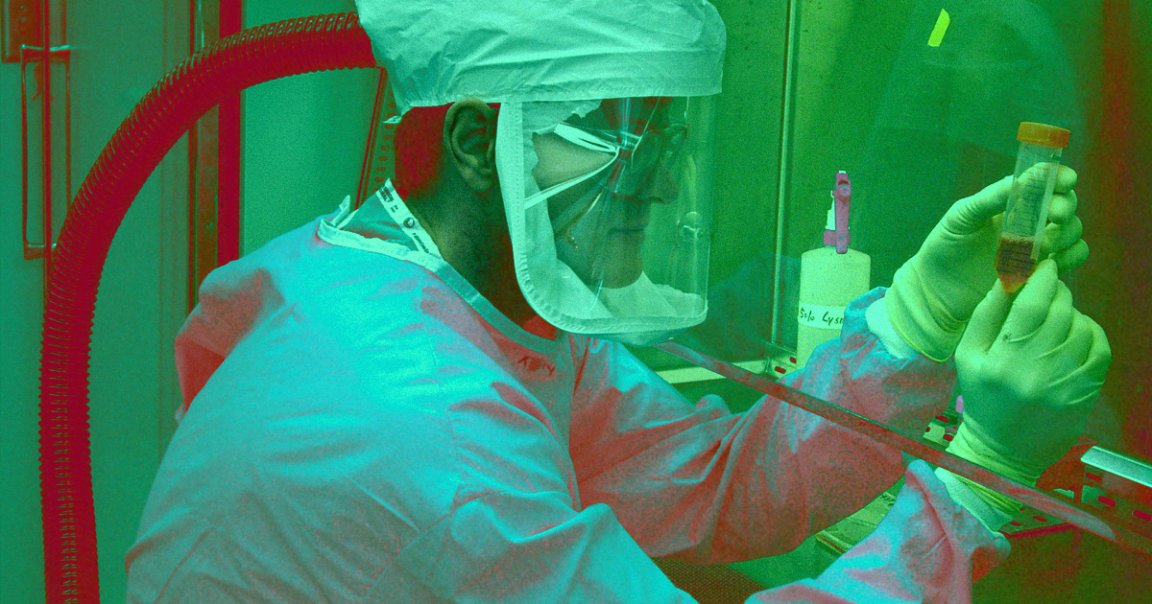
THE BIG CATCH in containing the COVID-19 coronavirus epidemic has been, of course, detecting it. Testing needed to be developed, and then those tests need to get all over the world. The problem, currently: In America, the rush to get testing kits out in America hasn’t gone well, with faulty kits being shipped around the country. And in China, there simply aren’t enough kits to go around.
On a Wednesday afternoon press call, the Centers for Disease Control and Prevention (CDC) gave journalists the lowdown: Some of the kits ended up being shipped with faults and issues that deliver inconclusive results. That doesn’t mean they were producing false positives or false negatives, but that they just weren’t producing the results the CDC needed them to produce — a non-result.
That said, the tests need not just be conclusive, with an answer, but a correct answer.
Consider:
– A false positive could theoretically expose someone without coronavirus to a hospital setting where they run the risk of being exposed to other types of illnesses, or far worse, a quarantine setting with other patients who have tested positive for coronavirus, where (given how contagious it is) they would most certainly catch it.
– A false negative means that someone with COVID-19 is theoretically released back into the world to expose otherwise healthy people to the virus, putting entire swaths of the world on edge (with the presumption that, of course, they’re healthy).
Right. So. Pretty bad. By the numbers, the current CDC testing kit situation goes like this:
– 200 kits total were shipped across all fifty states.
– 200 more kits were spread out across 30 countries.
– 700 to 800 samples come out of each kit.
That’s, at a rough estimate, 15,000 tests. The CDC didn’t indicate how many of the tests were faulty. Per Dr. Nancy Messonnier, the Director of CDC’s National Center for Immunization and Respiratory Diseases, from yesterday’s phone call:
When the state receives these test kits, their procedure is to do quality control themselves in their own laboratories. Again, that is part of the normal procedures, but in doing it, some of the states identified some inconclusive laboratory results. […]
When a state gets the test kits, they have to verify that it works the same in their lab that it worked at CDC. […] Some public health labs at states were getting inconclusive results and what that means is that test results were not coming back as false positive or false negatives, but they were being read as inconclusive.
So now, the CDC is re-manufacturing the reagents (or liquids used to produce results in testing settings) and re-shipping the tests, trying to get them out as quickly as possible. Meanwhile, in China, there just aren’t enough testing kits to go around. Per the New York Times:
A major bottleneck has been a shortage of nucleic acid testing kits used to confirm the presence of the coronavirus. So Dr. Zhang proposed that doctors could first use CT scans to detect pneumonia and quickly isolate and treat patients who have it. CT scans are convenient and can produce immediate results, Dr. Zhang said. Experts say people infected with the coronavirus would be likely to have lesions in both lungs.
Throughout all of this, one thing’s perfectly clear: There is nothing if not a sense of urgency in the race to get these tests shipped, stocked, and producing accurate results. The race is on.